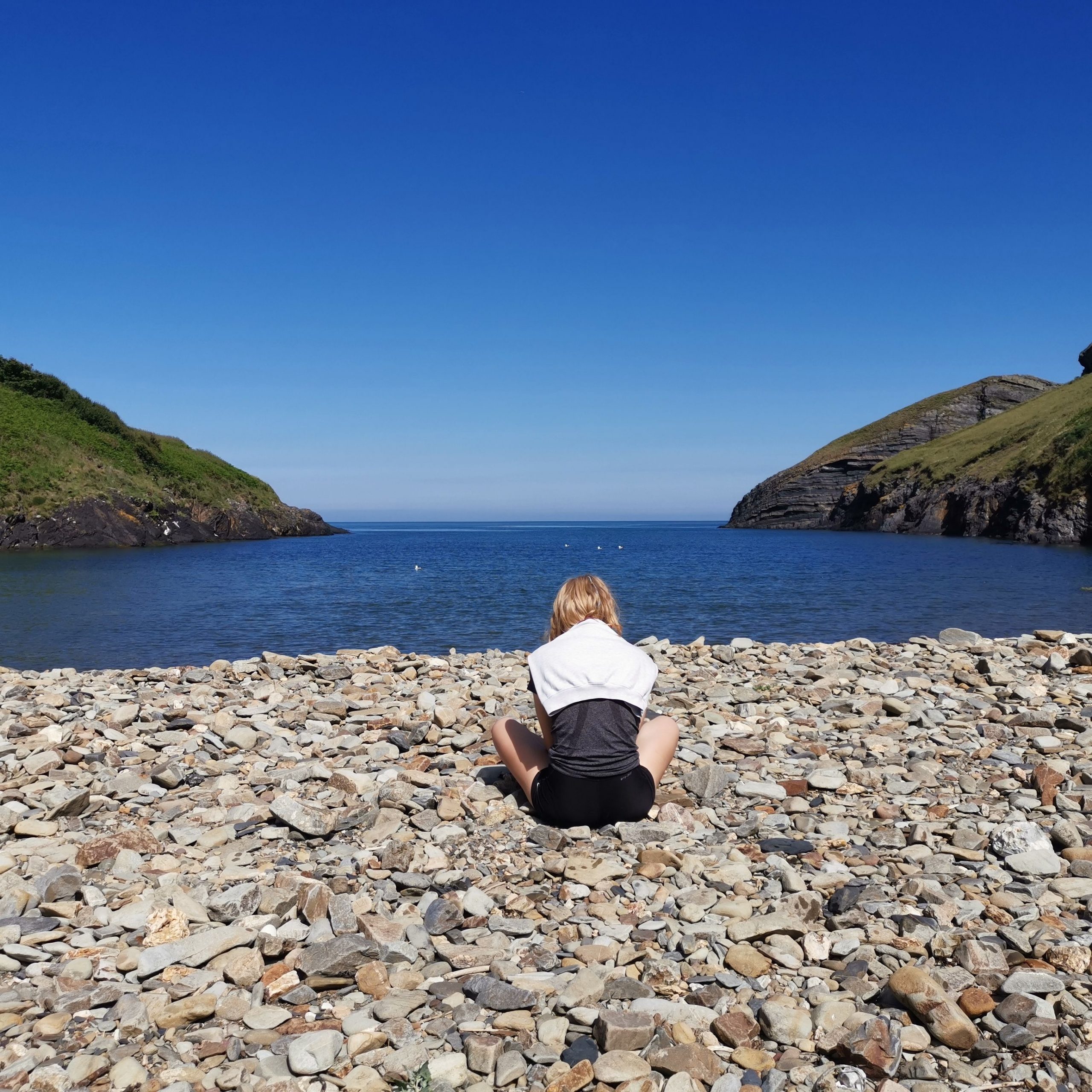Inhibition, the key to the Alexander Technique, is easy to understand when you think of it in terms of its opposite, which is excitation.
Over the last year I’ve enjoyed what’s been a golden opportunity to work on it.
“I wish to allow my neck to be free so that my head can go forward and up, so that my back can lengthen and widen, knees going forward and away from each other.” Neck, head, back, knees…
If ‘life-changing’ is too strong a term to describe what happens when sitting every morning with legs crossed in the half lotus, repeatedly thinking these directions, ‘day-changing’ isn’t. It brings about a renewed sense of integration as energy begins to flow and breathing deepens. Quietness, calmness and energy is found.
The warm water of a quiet pool will always help you to calm down, release and expand, if you decide you want it to. In my experience, in water we’re most likely to approach the quietness and integration that quality Alexander work brings when we just float, especially face down, and introduce a bit of movement for forward propulsion.
This Alexander Technique in water must be a process which exercises our use of inhibition, distinct from a process which exercises our muscles; a process where our focus is looking after the integrity of head, neck and back by continuing to enjoy the support of the water when we decide to move (a part of our body and/ or forwards). For example, one big sweep of the arms to create a nice surge forwards. If applying inhibition isn’t the central task, we’re not using the Alexander Technique. If we’re swimming for exercise, inhibition is unlikely to get much of a look in.
Different levels of Alexander Technique?
The Alexander Technique is marketed to the general public as a technique for doing whatever you do, in everyday life, with better awareness of the use of your body, helping to prevent strain and injury. But there is a deeper (though basic) level of Alexander Technique work which can get left behind in our enthusiasm both to learn to swim, and to swim. It involves more thinking, less doing, with most change happening internally.
I perceive a difference between the work I do with non-swimmers learning to trust the water and let themselves float, which I believe is real Alexander work, and the work I do when I’m teaching the strokes, which is a superficial version.
Renewed direction
When we’re able to resume our lessons, my plan is to make doubly sure that learners don’t leave the magic of non-doing in the water behind when we move on to swimming. I want to encourage people to spend most of their time underwater, where all the benefits are, not to be preoccupied with, over excited by, coming up for air. I’d like to help people who can already swim take a step backwards, practise inhibition, realise how much they can gain from the most simple activities and be prepared to use them as a foundation for work on the self. Work which is mental and physical at the same time and affects the whole of you in a fundamental and positive way. Work which opens everything up without shutting anything down.


